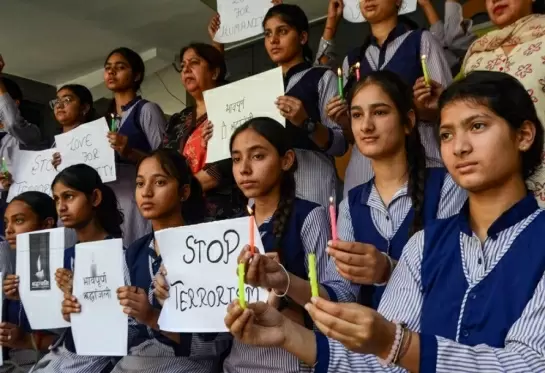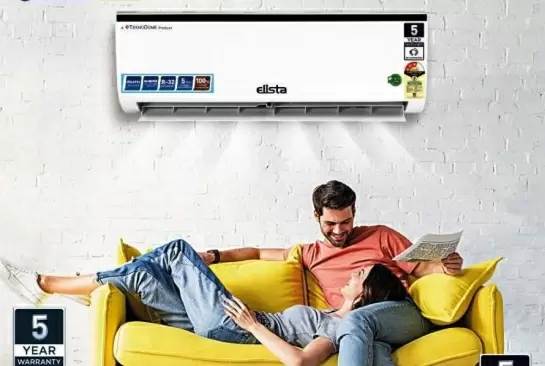US kids are consuming less sugary drinks: Study
25-November-2019
Children and adolescents in the United States consuming sugar-sweetened beverages (SSBs) declined significantly between 2003 and 2014, says a study.
This decline in consumption was found among children and adolescents in all groups studied, including those participating in the Supplemental Nutrition Assistance Program (SNAP), the US federally funded programme that provides food assistance to more than 40 million low-income Americans each month -- half of whom are children.
However, the study published in the American Journal of Preventive Medicine demonstrated that even with the decline, current levels remain too high, with 61 per cent of all children and 75.6 per cent of SNAP recipients still consuming an SSB on a typical day.
"While the observed declines in children's sugar-sweetened beverage consumption over the past decade are promising, the less favourable trends among children in SNAP suggest the need for more targeted efforts to reduce sugary drink consumption," said study lead investigator J. Wyatt Koma, Independent Researcher, US.
For the study, the research team used nationally representative dietary data for 15,645 children and adolescents (aged 2 to 19 years) from the 2003 to 2014 US National Health and Nutrition Examination Surveys (NHANES).
They classified children according to self-reported participation in the SNAP programme and household income: 27.8 per cent were SNAP participants; 15.3 per cent were income-eligible but not SNAP participants; 29.7 per cent had lower incomes that were ineligible for SNAP; and 27.2 per cent had higher incomes that were ineligible for SNAP.
From 2003 to 2014, the share of children consuming an SSB on a typical day declined significantly across all SNAP participation groups, primarily driven by declines in soda consumption.
Among children who were SNAP participants, the percentage drinking SSBs declined from 84.2 per cent to 75.6 per cent and per capita daily consumption of SSB calories declined from 267 to 182 calories.
In 2014, nearly one in four children who were income-eligible for the SNAP programme consumed a fruit drink on any given day (SNAP participants: 24.8 per cent; Income-eligible nonparticipants: 23.4 per cent).
The share of participants consuming a sports/energy drink on any given day tripled from 2003 to 2014 (from 2.6 percent to 8.4 per cent), the study said.
"While our results confirm that efforts to decrease SSB consumption over the past decade have been successful, they also suggest that the continued surveillance of children's SSB consumption by beverage type is important," said study senior author Sara N. Bleich from Harvard University in the US.IANS
Former DGP Om Prakash Murder: Wife Under Investigation, Says Minister
Ricky Rai, Son of Underworld Don Muthappa Rai, Shot at Near Bengaluru
Khushbu Sundar’s X Account Hacked; Actress Seeks Urgent Help
ED Raids Bengaluru Dog Breeder Who Claimed to Own Rs 50 Crore Wolf-Dog
Raj Thackeray Slams Hindi Imposition in Maharashtra Schools, Warns of Statewide Protests








